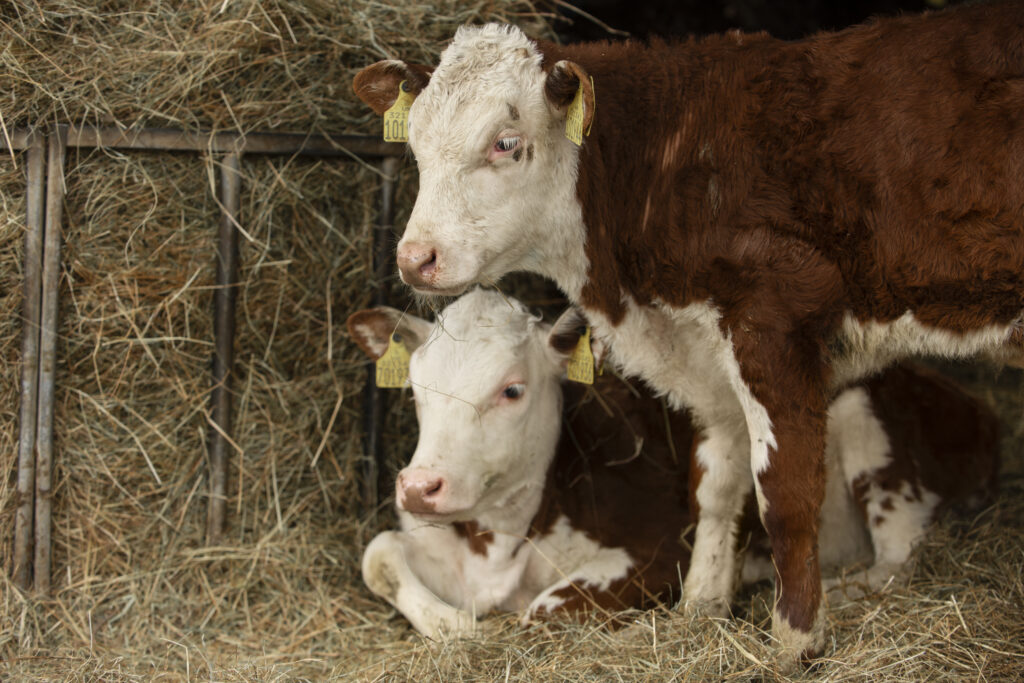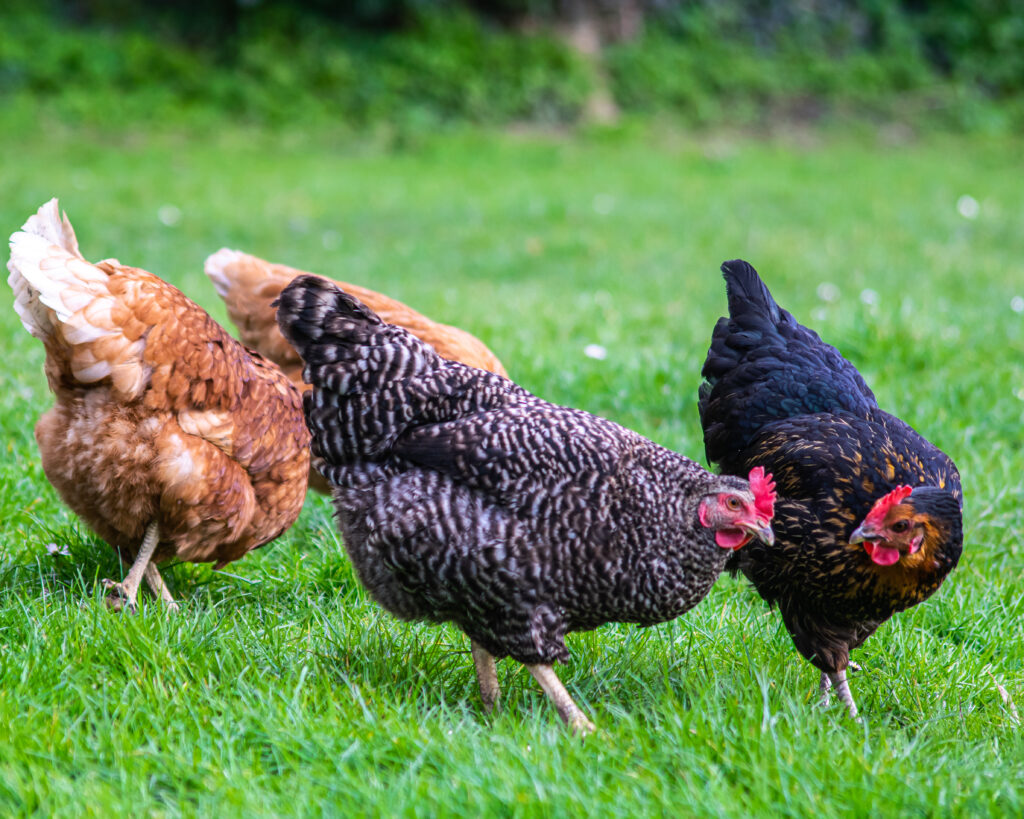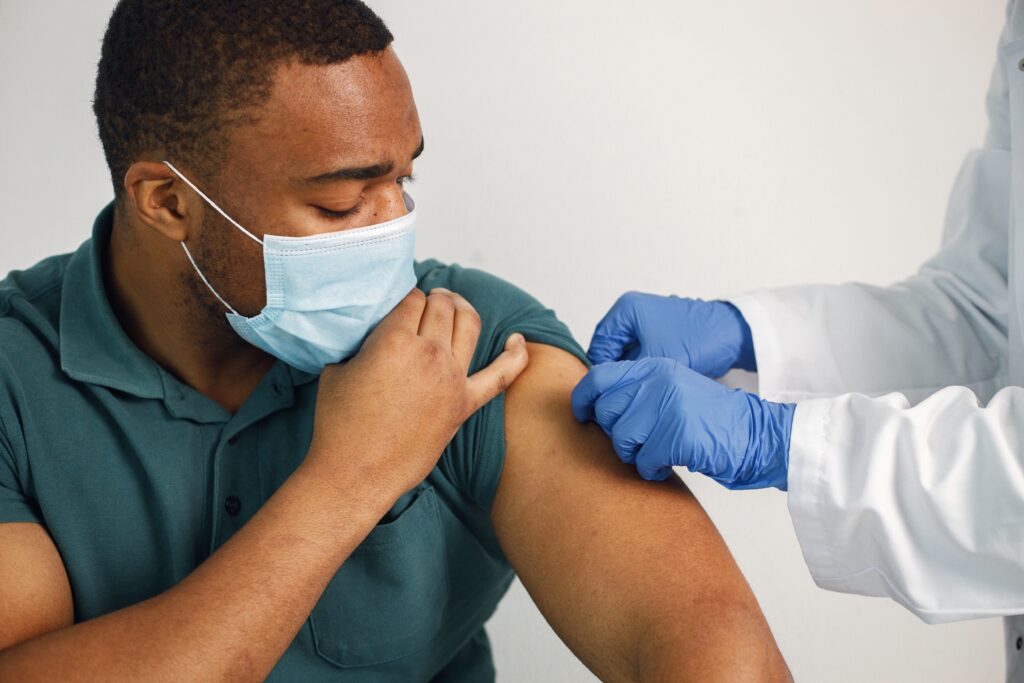
Bird flu, also known as avian influenza, has been a topic of concern for both public health officials and the general population. Understanding the risks associated with bird flu is crucial in preventing the spread of this disease. In this article, we will delve into the various aspects of bird flu, including transmission, prevention strategies, public health concerns, and the impact on the poultry industry. Let’s explore the importance of surveillance, vaccination efforts, and global health security measures in controlling the H5N1 virus and preparing for potential pandemics.
- Transmission of avian influenza
- Prevention of zoonotic diseases
- Strategies for pandemic preparedness
- Concerns for public health
- Impact on the poultry industry
Let’s dive deeper into each of these topics to gain a comprehensive understanding of the risks associated with bird flu.

The Risks of Bird Flu: Understanding Transmission
Transmission Challenges:
Bird flu poses a significant challenge in terms of transmission from birds to humans. The primary mode of transmission is through direct contact with infected poultry or their droppings. Additionally, the virus can spread through respiratory droplets when an infected bird coughs or sneezes. Understanding these modes of transmission is crucial in implementing effective containment strategies.
Prevention Strategies to Combat Bird Flu:
To prevent the transmission of avian influenza to humans, various preventive measures can be implemented. Strict biosecurity measures in poultry farms, regular surveillance and monitoring efforts, and prompt culling of infected birds are essential steps in preventing the spread of the virus. Public awareness campaigns about the risks of bird flu and proper hygiene practices can also play a significant role in reducing transmission rates.
Public Health Concerns and Preparedness:
The emergence of bird flu raises serious public health concerns due to its potential to cause widespread illness and fatalities. In response to this threat, public health authorities must prioritize pandemic preparedness strategies. This includes stockpiling antiviral medications, developing rapid diagnostic tools, and establishing protocols for efficient vaccine distribution in the event of a bird flu outbreak.
The Impact on the Poultry Industry:
The poultry industry is particularly vulnerable to the economic impact of bird flu outbreaks. When cases are detected, entire flocks may need to be culled to prevent further spread of the virus. This not only results in significant financial losses for farmers but also affects the supply chain and consumer confidence in poultry products. Implementing stringent biosecurity measures and vaccination programs within the poultry industry is essential in mitigating these risks.
Global Health Security Measures:
Given the transboundary nature of avian influenza, global cooperation and coordination are crucial in addressing the risks associated with bird flu. International organizations such as the World Health Organization (WHO) and the Food and Agriculture Organization (FAO) play a key role in facilitating information sharing, surveillance efforts, and coordinated responses to bird flu outbreaks worldwide. By prioritizing global health security measures, we can collectively work towards controlling the spread of the H5N1 virus and minimizing the impact of future pandemics.
Vaccination Efforts Against Bird Flu

Importance of Vaccination:
Vaccination is a critical tool in preventing and controlling the spread of bird flu. Vaccines developed specifically for avian influenza can help reduce the risk of transmission from birds to humans and limit the severity of the disease in case of infection. By vaccinating poultry flocks, farmers can create a protective barrier against the virus and contribute to overall public health efforts to combat bird flu.
Challenges in Vaccine Development:
One of the challenges in developing effective bird flu vaccines is the constant evolution of the H5N1 virus. The need to regularly update vaccines to match circulating strains poses logistical and technical challenges for vaccine manufacturers. Moreover, ensuring the safety and efficacy of vaccines for both poultry and humans requires rigorous testing and monitoring processes to address any potential risks or adverse effects.
Integration of Vaccination into Control Strategies:
Incorporating vaccination into comprehensive control strategies for bird flu requires a multifaceted approach. Effective communication and collaboration between government agencies, veterinary services, and public health authorities are essential to ensure the successful implementation of vaccination campaigns. Monitoring vaccine coverage, evaluating vaccine effectiveness, and addressing any obstacles to vaccination uptake are key components of a successful vaccination program against bird flu.
In conclusion, understanding the risks associated with bird flu and the critical importance of proactive measures such as vaccination efforts is paramount in addressing the threat posed by avian influenza. By comprehensively examining transmission challenges, implementing robust prevention strategies, prioritizing public health preparedness, addressing the economic impact on the poultry industry, and enhancing global health security measures, we can collectively strengthen our defenses against bird flu outbreaks. Vaccination plays a pivotal role in mitigating the spread of the H5N1 virus and reducing the risk of potential pandemics, underscoring the need for continued research, collaboration, and vigilance in combating this infectious disease. Through collective action and a commitment to proactive measures, we can effectively navigate the risks associated with bird flu and safeguard public health on a global scale.